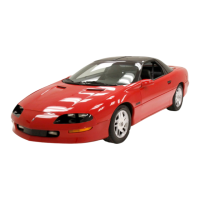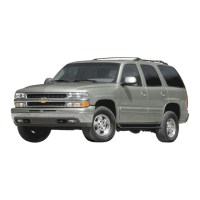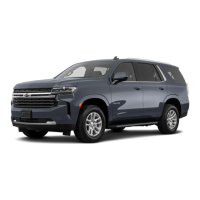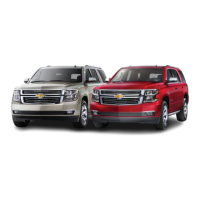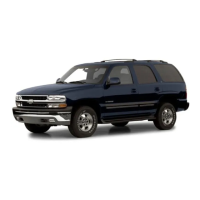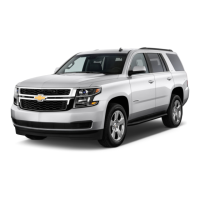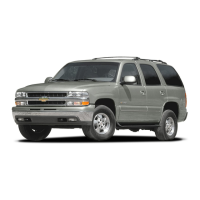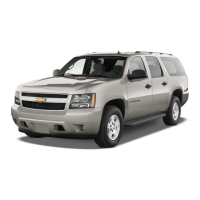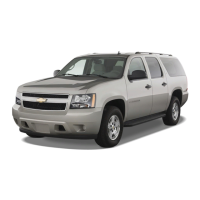Foreign materials such as calcium chloride and other
salts, ice melting agents, road oil and tar, tree sap, bird
droppings, chemicals from industrial chimneys, etc., can
damage your vehicle’s finish if they remain on painted
surfaces. Wash the vehicle as soon as possible. If
necessary, use non-abrasive cleaners that are marked
safe for painted surfaces to remove foreign matter.
Exterior painted surfaces are subject to aging, weather
and chemical fallout that can take their toll over a period
of
years.
You
can help to keep the paint finish looking
new by keeping your vehicle garaged or covered
whenever possible.
Protecting Exterior Bright Metal Parts
Bright metal parts should be clearled regularly to keep
.
their luster. Washing with water is all that is usually
needed. However, you may use
GM
Chrome Polish on
chrome or stainless steel trim, if necessary:
Use special care with aluminum trim.
To
avoid
damaging protective trim, never use auto or chrome
polish, steam or caustic soap
to
clean aluminum. A
coating of wax, rubbed to high polish, is recommended
for all bright metal parts.
_-
Aluminum Wheels
(If
So
Equipped)
Keep your wheels clean using a soft clean cloth with
mild soap and water. Rinse with clean water. After
rinsing thoroughly, dry with a soft clean towel.
A
wax
may then be applied.
The surface of these wheels is similar to the painted
surface of your vehicle. Don’t use strong soaps,
chemicals, abrasive polishes, abrasive cleaners or
abrasive cleaning brushes on them because
you
could
damage the surface.
Don’t take your vehicle through an automatic vehicle
wash that has silicon carbide tire cleaning brushes. These
brushes can also damage the surface of these wheels.
Tires
To
clean your tires, use a stiff brush with a tire cleaner.
NOTICE:
When applying a tire dressing always take care
to
wipe off any overspray or splash from all painted
surfaces on the body or wheels of the vehicle.
Petroleum-based products may damage the
paint .finish.
6-57

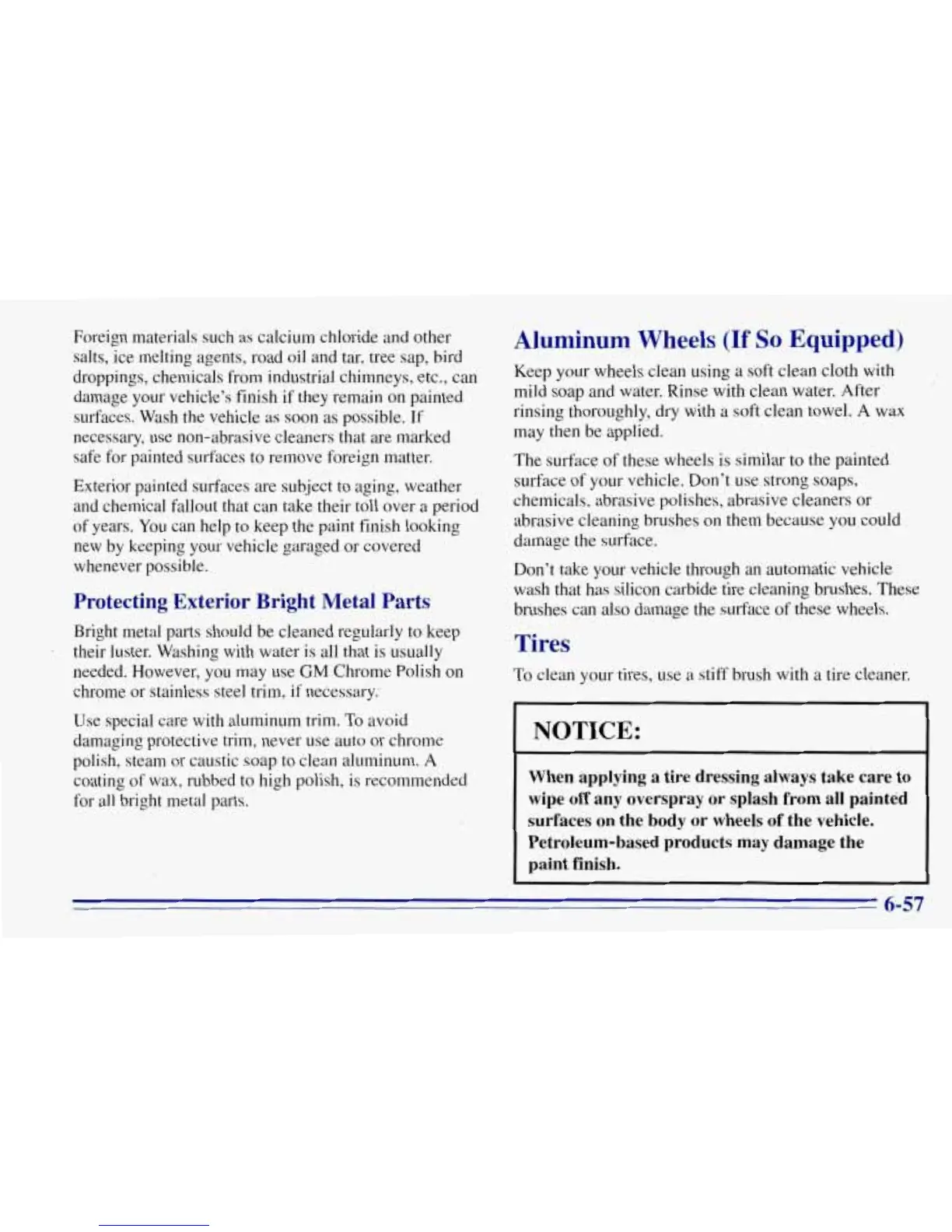